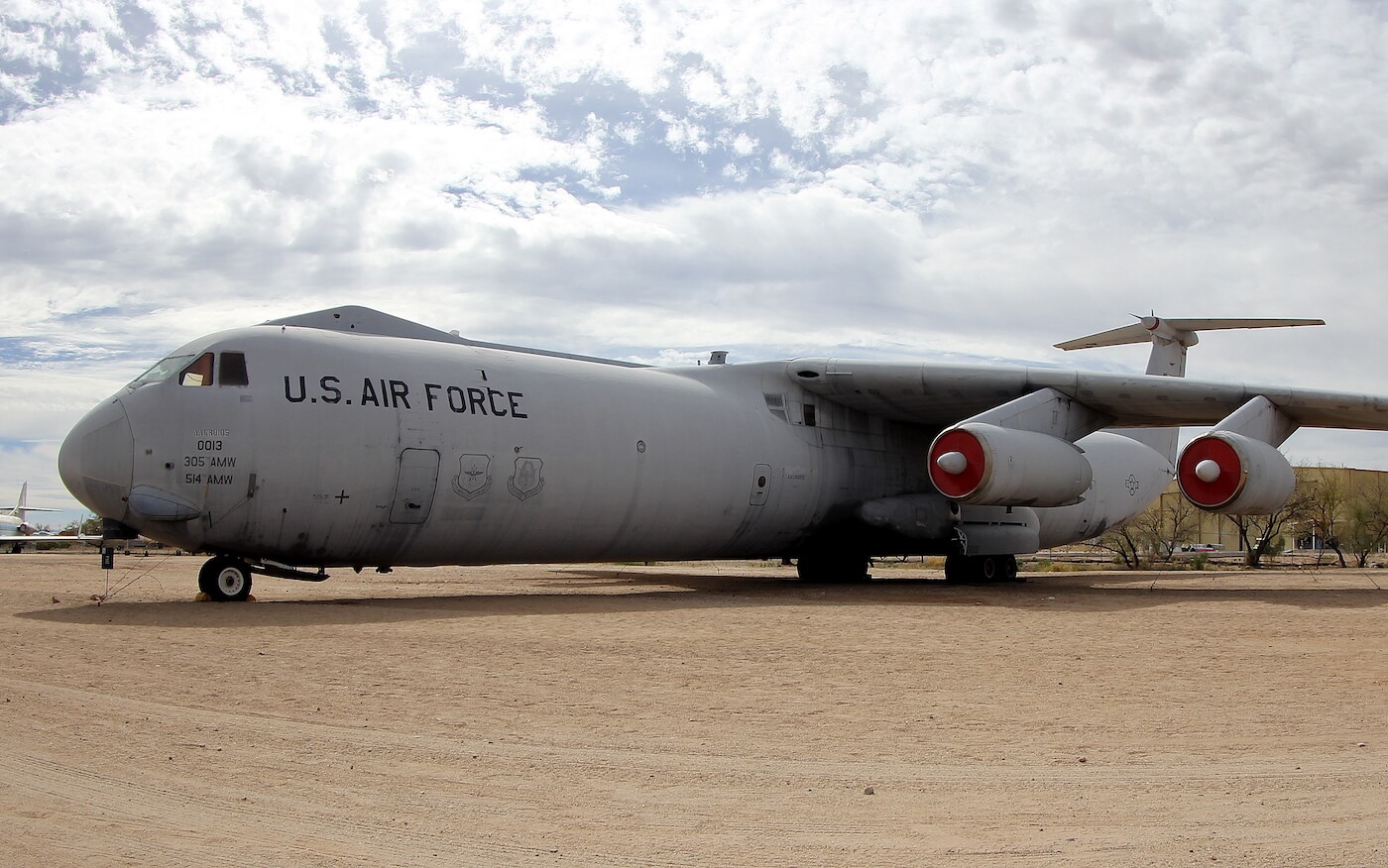

Hiemann M et al. (2009). Blood collection from the sublingual vein in mice and hamsters: a suitable alternative to retrobulbar technique that provides large volumes and minimizes tissue damage.

Golde WT et al. (2005). A rapid, simple, and humane method for submandibular bleeding of mice using a lancet. The technique for sampling is as described for tail vein below.

study designs, sampling protocols, videos) can be found in our dedicated microsampling resource. MicrosamplingĪdvances in bioanalytical techniques have opened up the potential to use smaller sample volumes (microsamples of ≤50µl) to assess drug and chemical exposure in blood, plasma and/or serum. Plus a mixed arterial / venous sample is obtained. * Not recommended as more refined methods of sampling exist. General anaesthesia required non recovery Do you require more than one blood sample from the same mouse? The two tables below are designed to assist in determining the amount of blood to sample from the animal, and depending on that volume, the most appropriate techniques to use. How to decide on the most appropriate blood sampling technique for mice? On average, mice have around 58.5 ml of blood per kg of bodyweight.Ī mouse weighing 25 g would therefore have a total blood volume (TBV) of approximately 58.5 ml/kg x 0.025 kg = 1.46 ml. Further advice is given in the general principles. As a general principle, sample volumes and frequency of sampling should be kept to a minimum. The volume of blood removed and the frequency of sampling should be based on the purpose of the scientific procedure and the total blood volume of the animal.


 0 kommentar(er)
0 kommentar(er)
